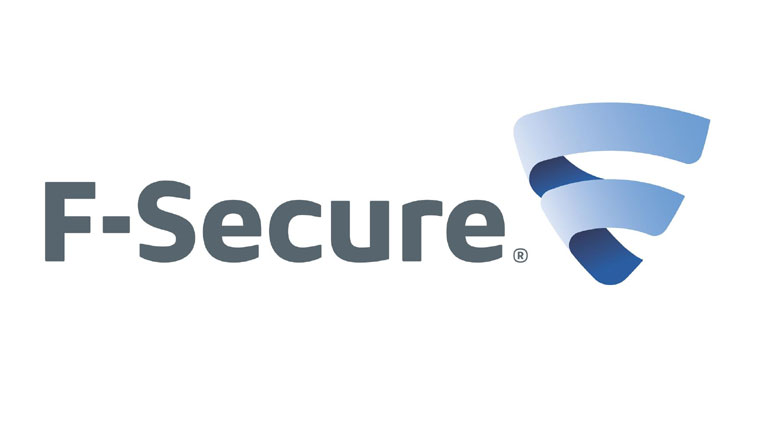
Description
F-Secure Corporation is a Finnish cyber security and privacy company based in Helsinki, Finland. The company has 20 country offices and a presence in more than 100 countries, with Security Lab operations in Helsinki, Finland and in Kuala Lumpur, Malaysia. The company develops and sells antivirus, password management, endpoint security, and other cyber security products and services. With Radar Managed Services vulnerability scanning and Rapid Detection Service as flagship products, the company continues to expand into the corporate market.
F-Secure was first established under the name Data Fellows by Petri Allas and Risto Siilasmaa in 1988. Data Fellows trained computer users and built customized databases. Three years later, the company launched its first major software project and developed the first heuristic scanner for antivirus products. F-Secure’ first antivirus product for Windows PCs was launched in 1994. Data Fellows became F-Secure in 1999. F-Secure was the first company that developed an anti-rootkit technology called BlackLight in 2005.
In June 2015, F-Secure expanded into the enterprise market by acquiring nSense, a Danish company that specializes in security consultation and vulnerability assessment. The purchase of Inverse Path, a privately owned security Italian consultancy with experience in avionics, automative and industrial control sectors, in February 2017 continues the expansion of its cyber security services.
F-Secure Client Security received AV-TEST Best Protection award for the fifth time in 2016.
In June 2018, F-Secure acquired security company MWR InfoSecurity.
Source: https://en.wikipedia.org/wiki/F-Secure



